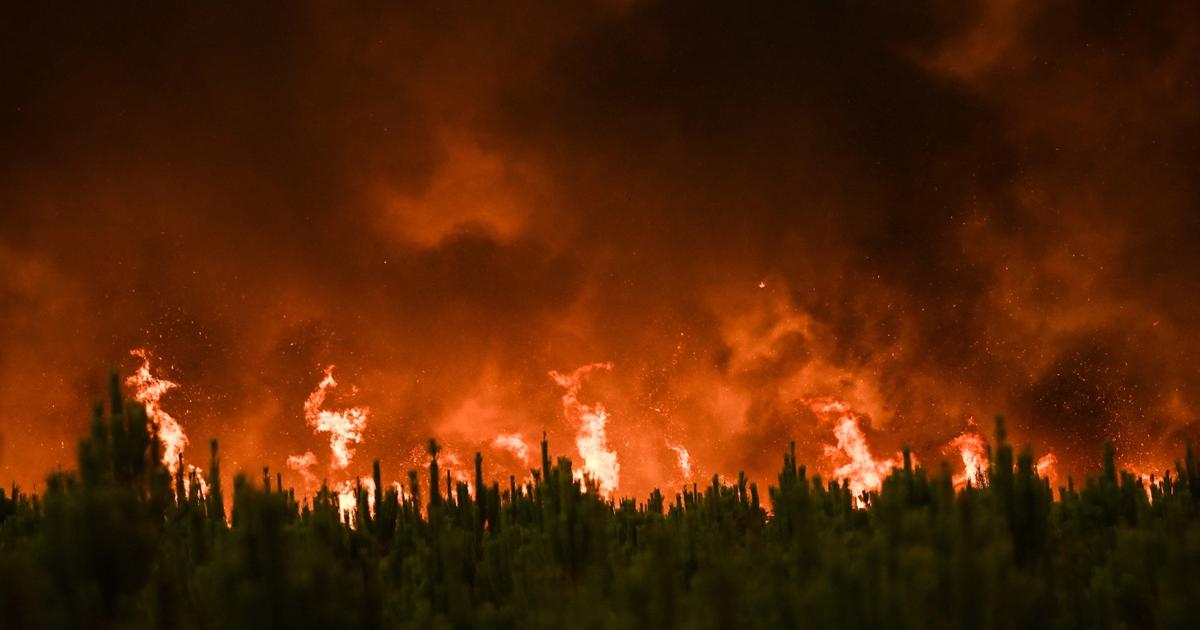The climate summit in Sharm el-Sheikh was a historic victory for the developing countries, which, after 30 years of relentless struggle, obtained agreement on the principle that the richest countries, which have historically been responsible for the largest emissions, must pay for the damage. and the losses incurred by the most vulnerable countries, which themselves have contributed to some extent to the climate crisis. The battle was led by the countries of the Group of 77, a group of 134 countries in the South, as well as China. The group proposed a separate fund that would go towards losses and damages from climate change. This request was strongly supported by the Alliance of Small Island States, led by Antigua and Barbuda. Rich countries, led by the European Union, initially opposed this but eventually agreed to the principle, though they managed to defer some of the more contentious issues to a “transition committee” that will prepare proposals for next year’s Dubai climate summit. However, the agreement to establish a loss and damage fund saved the Sharm el-Sheikh summit from complete collapse.
summarizing In the plenary session on Sunday morning, speakers from all groups of developing countries, both in Asia, Africa and Latin America, applauded the initiative from the G-77 and China, but especially by representatives of the most vulnerable island nations in the Pacific. At the same time, there was widespread frustration that the climate summit failed to reach agreement on binding emissions cuts. Here, Saudi Arabia and host country Egypt stuck out again. In the closing statement, an earlier decision to phase out coal was reiterated, while oil and gas were not mentioned. Nor was the important principle that emissions must start to fall from 2025 if there is any hope of reaching the 1.5° target, set out in the final declaration.
at multilateral conferences Like COP27 in Egypt, the countries of the south are a big strength. They also have extensive cooperation and intelligent alliance building. When the G-77 issued an ultimatum on the Damages and Losses Fund, rich countries were forced to capitulate and acknowledge the legacy and debt they had accumulated after several hundred years of massive emissions. Unfortunately, the biggest reason is that the conference did not go further in setting specific targets for reducing emissions. More than 80 countries have called for stricter emission requirements, but this was not included in the final declaration. So the world remains on a trajectory toward more than 2 degrees of warming, far exceeding the 1.5 degree ambition of the Paris Agreement.

“Explorer. Unapologetic entrepreneur. Alcohol fanatic. Certified writer. Wannabe tv evangelist. Twitter fanatic. Student. Web scholar. Travel buff.”




